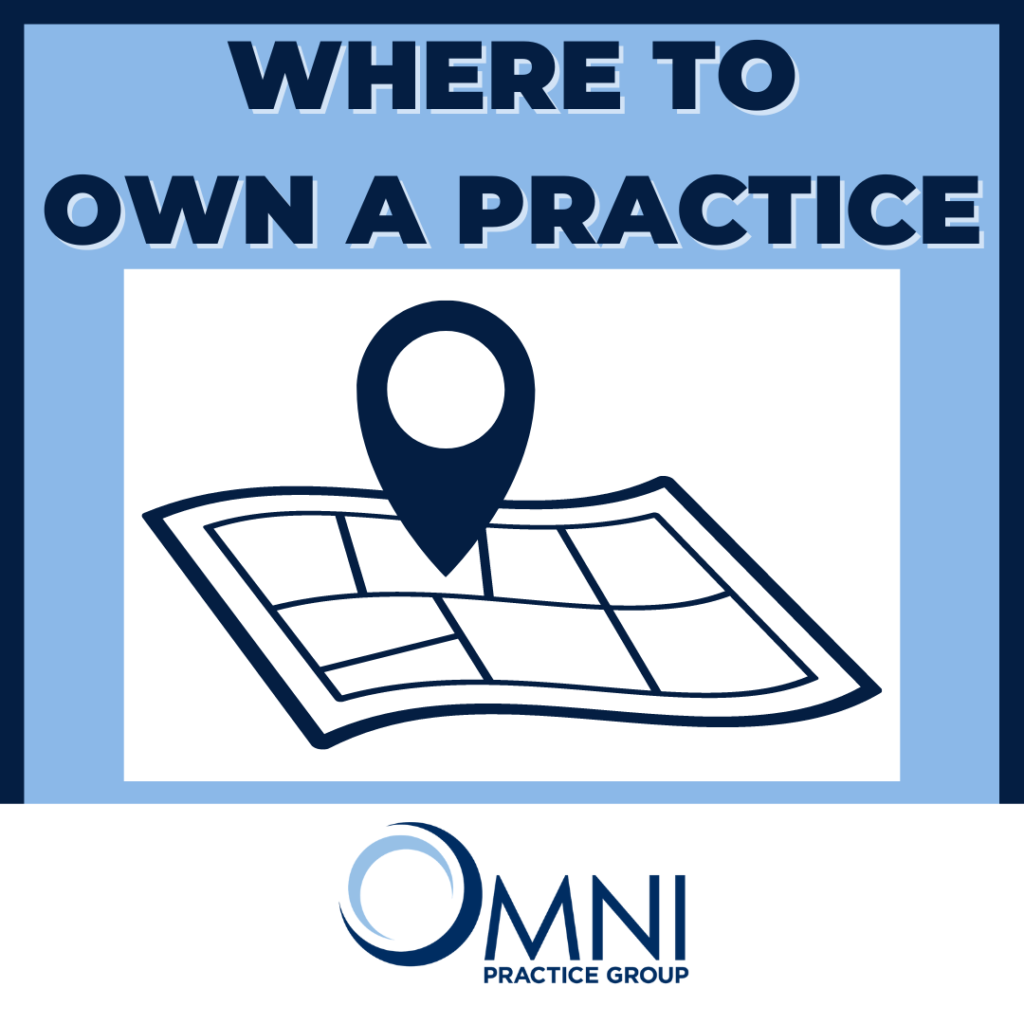Entrepreneurial Energy
![]()
![]()
What defines entrepreneurial energy? According to David Lyons PhD,
“Entrepreneurial energy is the force that sustains the momentum and velocity of progression in the venture. Energy can rise through excitation/agitation and fall through decay of the energy as a result of predicaments or failures.
Entrepreneurial energy is an endogenous force that fuels motivation and sustains entrepreneurial action and momentum. Encapsulating hope, optimism and obsessiveness, the nature and experience of the entrepreneurial energy provides meaning to the entrepreneurial pursuit and venture. Entrepreneurial energy is a motivational construct characterized by positive intense feeling, emotional arousal and internal drive and engagement in the pursuit that is salient to the self-identify of the entrepreneur. The positive affective state also generates positivity in the cognitive state fostering creativity and recognition of new patterns of information critical to opportunity recognition and exploitation in the external environment.
Entrepreneurship, after all, is a science of turbulence and change, not continuity. Turbulence is caused by certain force. Such is the force in entrepreneurship, like the wind is felt but not seen; or seen through the ruffle of the leaves but not the wind itself.”
Most of you reading this article can relate to those attributes, especially early in your career. Remember talking to your friends in veterinary school and making plans for your practice? Remember the excitement of updating your new practice? Remember the hours put in behind the scenes to get the practice where you wanted it?
Do you still have that energy in you? If you do, this is a great time to be a veterinarian entrepreneur. Consolidation is happening and it will favor the big and the bold.
What if you don’t? That is okay also, but the time to consider harvesting your practice asset is now.
In my exit-planning training, coaching our clients to either grow or sell their businesses was absolutely paramount. Stasis really is an illusion. Equipment gets older. Technology becomes dated. Marketing plans become obsolete. Business values decline.
So ask yourself, grow or sell?
Read MoreWhere to Own a Practice?
 The question we often get from potential practice buyers is “Where is a good spot to own a practice?” There are a lot of factors that contribute to answering that question. But first, let’s discuss the reasons why you want to own a practice.
The question we often get from potential practice buyers is “Where is a good spot to own a practice?” There are a lot of factors that contribute to answering that question. But first, let’s discuss the reasons why you want to own a practice.
If you are in it because you love being a veterinarian and love helping patients and you are not necessarily in it to make the big bucks, you can really own a practice almost anywhere. A lot of buyers seem to want the downtown metropolitan practice thinking it’s a great place to practice since there are so many potential clients and you can live the urban lifestyle. I’ve helped doctors who absolutely wanted to be in a metropolitan area, even though the demographics made no sense whatsoever, who then started a practice and did quite well. One doctor that I helped always dreamed of owning a practice in a particular city. He went for it and is successful. And I have seen others want a practice in a certain area, and although the numbers didn’t make sense, they did it anyway and were successful.
Some of you are buying a practice because you want to make a lot of money, in which case, further analysis and discussion is needed. If you’re buying an existing practice and you have identified that the practice already has good cash flow, you can purchase the practice and have success almost no matter where it is. If it’s a poor performing practice, you would need to examine if the poor performance is because of the location, the management, or something else. If you want to buy an existing practice and are looking for an opportunity to grow and have lower overhead, I would suggest looking outside of the metropolitan areas. Practices outside of metropolitan areas have less competition, wages and rents are lower, and it’s easier to grow those practices. And if you are considering doing a startup practice, the same rules apply. Look for a location with good demographics outside of metropolitan areas. Of course, if you absolutely want to be in a metropolitan area, don’t be afraid to go for it. Just look closely at the numbers and hire a good veterinary practice or real estate broker to help you out.
I do recommend that you do a bit of demographic analysis on the locale. See how many veterinarians are currently practicing in the area. A good ratio is 2,000 daytime population for each doctor. There is a difference between the daytime population and the regular population. The daytime population includes the workforce. For example, if you look at the population of South Lake Union during the day vs. the nighttime population, you would see a big difference. Another demographic to pay attention to is the age of the population. For a general practice, a good mix of young and old is best. Homeownership is another good indicator of practice success. You want to have more homeowners than apartment renters. You can obtain detailed demographics either through a company that will charge a fee and provides data such as the average annual dollar amount spent on veterinary services per person within a zip code and other more granular items. Or, Omni has information that we can provide.
One of the advantages of working with Omni is that we have both veterinary practice brokers and real estate brokers to help you traverse the ownership trail in any way we can. Just give us a call at 877-866-6053 or email us at info@omni-pg.com and we’ll be happy to help get you started.
Read MoreBuy an Existing Practice or Build a New One?
We speak with hundreds of practice buyers each year. Many are looking for that gem of a practice in their desired area; a practice with new or newer equipment, digital technology, great location, recently remodeled, etc. Oftentimes, that practice either doesn’t exist; or if it does exist, it’s not for sale. So what’s a buyer to do?
Omni is a rare breed in the practice broker world. We not only provide practice transition and valuation services for veterinarians – both buyers and sellers – we are also experts in helping veterinarians with their real estate needs. We are often asked in seminars, at conferences, or over the phone, “Should I buy an existing practice, or do a startup?” I often suggest that veterinarians spend some time looking for a practice in their desired location. If they can’t find one, they should consider starting a practice, especially if the doctor is 100% certain of the area in which they want to practice.
I recommend that veterinarians do a bit of demographic analysis on the locale. See how many vets are currently practicing in the area. A good ratio is 3,000 daytime population for each doctor in an urban population. In a rural population, the ratio is 10,000 daytime population for each doctor within a 20-mile radius. There is a difference between the daytime population and the regular (nighttime) population. The daytime population includes the workforce. For example, if you look at the population of South Lake Union during the day vs. the nighttime population, you would see a big difference. Another demographic to pay attention to is the age of the population. For a companion practice, a middle-aged to an older population is generally better. Homeownership is another good indicator of practice success. You want to have more homeowners than apartment renters. You can obtain detailed demographics either through a company that will charge a fee and provides data such as the average annual dollar amount spent on veterinary services per person within a zip code and other more granular items. Or, Omni has information that we can provide.
If you perform the necessary research and find that opening a new practice in the area you like makes sense based on the numbers, we suggest that you go for it. We have helped many veterinarians over the years do demographic research, find a space, and negotiate a lease. Steve Kikikis is our go-to person for real estate leasing and sales. You can reach out to Steve anytime by sending him an email at steve@omnipg-vet.com.
Read MoreShould I Pay Down My Student Debt Before Purchasing a Practice?
Nothing resonates more with recent college graduates than the talk of possibly wiping away student debt. Even though this might be a talking point of our current administration, it does bring up a question that newly graduated veterinarians worry about if they want to own their own veterinary practice. Should I pay down my student debt first? Or should I purchase a practice and then have two debts?
Your own gut reflex will say, “Uh, no way…more debt is crazy when I’m already so far underwater.” However, it is usually advantageous in the long run. If the dream of owning your own business is on your vision board, then it makes financial sense to move ahead with securing a business loan early in your career, even with a large amount of student debt.
Each person’s financial position will be unique. However, here are some items to consider:
Will it be harder to get a bank loan with a lot of student debt? Although not necessarily harder, the amount you can borrow will be determined by the amount of your student debt and your history of making regular and timely payments. Consistent payments and not skipping any repayments on your student loan will show the bank that you are reliable in your financial commitments. Although it’s tempting to splurge on extravagant items, keep your finances in check during this time and keep making regular payments. Banks like to see that you have a stable financial history and are not high-risk.
Which has the higher interest rate, the student loan or business loan? Whichever loan has the higher interest rate, is the loan you will want to pay down first. This might seem obvious but check with your lender for your student loan because they often don’t have harsh penalties if you lower your payment. Go back and recalculate what the minimum student loan payment is and take the difference you had been paying and use that towards your new business loan, hence paying the more expensive loan sooner.
Buying a turn-key practice or one that needs some work. Look for a veterinary practice that is undervalued, has potential, and is located in a good area. Most buyers want a turn-key solution when purchasing a practice. But there are a few diamonds in the ruff. The advantage is you will secure a loan for less money on an underperforming practice and with some work, you can turn it into a polished gem which is a great investment.
Building equity. You will earn equity in your business if you purchase a practice, rather than remaining an associate. As an owner, your earning potential is far greater, often outpacing the associate salary from the day you purchase a veterinary practice. If you purchase a practice where you own the real estate, then you would also increase your bottom line when you are ready to retire and transition.
You haven’t missed the boat of owning your own veterinary practice when you have a large amount of student debt, but you will want to be business savvy on how you should proceed.
Read MoreInterview Questions for Every Veterinary Practice Role
Businesses across the country are struggling with staffing issues and the veterinary world is NO exception. During the pre-pandemic years finding great staff was a challenge, but since the pandemic began finding and retaining great staff has become a tumultuous experience. What follows are some interview questions that have helped veterinarians and their office managers sift through potential candidates – when you can get candidates. And the increased competition for workers has made this an employee-driven vs. employer-driven market. You’ve got to know your budget and get clear on what additional perks or benefits you may be able to offer in this now highly-competitive hiring process.
General Questions for Every Role – Veterinarians, Vet Techs, Vet Assistants, Office Managers, and Front Office
1. What are you looking for in a team and an office?
2. What does self-motivation mean to you?
3. What in particular motivates you?
4. How do you organize your day?
5. In a perfect world, how many hours per day and per week would you like to work?
6. How do you deal with conflict in the workplace? Describe a specific situation and how you dealt with it. Would you do anything differently now that you have had time to reflect?
7. How would the previous veterinarian you were employed by describe you if I were to call him/her? What about the other team members, what would they say? Would they say you were on time every day? Easy to get along with? Fun? Great with the patients and the clients?
8. What do you think are your greatest strengths? And what are your greatest challenges?
9. Describe a situation when a client was upset and describe what you did to rectify the situation or help.
10. What are three things you liked most about your last two positions/offices? What are three things you would have changed and why?
11. Describe a great day at the office.
12. What work situations, tasks, or duties cause you stress?
13. Where would you like to see yourself in two years? Where would you like to see yourself in five years?
14. If you weren’t in the veterinary field, what would you be doing? What are you most passionate about?
15. What qualities in a person do you think are important for this position?
16. How would you set the pay scale for this position? What qualifying events or skills would warrant a different pay scale or increase in compensation?
17. What do you think a bonus should be based on?
18. What benefits are most meaningful to you?
19. What have you learned during the pandemic? How did it affect your short and long-term goals?
20. Did you work remotely? Was that easy or difficult for you? How do you feel about being back in an office, working with a team, and having interaction with patients and clients all day?
Additional Questions for Specific Roles
Vet Assistant
1. Have you been involved with placing veterinary supply orders? Explain your process.
2. What have you normally done during downtime?
3. How do you talk with clients about recommended treatment for their pets? Provide an example.
4. What are your most/least favorite procedures?
5. Describe the perfect veterinarian to assist and why?
Office/Practice Manager
1. How would you describe your management style?
2. What are your thoughts about micro-managing?
3. What steps do you take when you realize that you have made a hiring mistake?
4. Do you enjoy being at the front desk or in an office behind the scenes?
5. What do you bring to a team to keep them motivated and smiling?
6. In your previous office did you have full responsibility for the accounts receivable? What was your average production to collection ratio?
7. In your previous office, how would the staff describe you?
Front Office
1. How do you welcome new clients and patients to the practice?
2. What have your past responsibilities been? Which did you enjoy most?
3. How do you talk with clients about treatment costs? Provide an exact example of presenting treatment and negotiating a financial arrangement.
4. How do you describe a perfect schedule and how do you create it?
5. How do you fill any last-minute appointments?
6. Do you enjoy scheduling? What do you enjoy about it?
Veterinarian
1. What does a perfect schedule look like to you?
2. How do you encourage clients to accept treatment for their pets?
3. How do you ask for referrals from existing clients?
4. What do you do at a new patient/client appointment?
5. What types of procedures do you like to do?
6. Are you comfortable being the only veterinarian working in the office?
7. How would your current/past veterinary assistant describe you? How would an owner veterinarian or office manager describe you?
8. What are your goals for each patient and each day?

